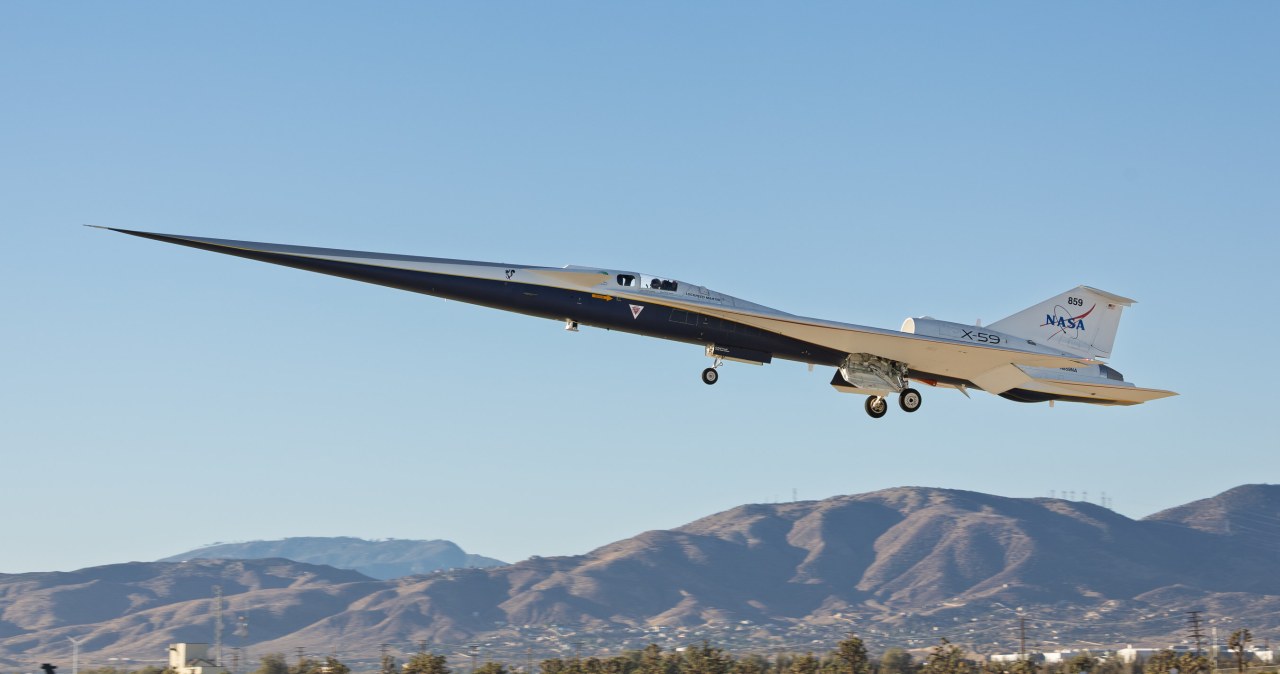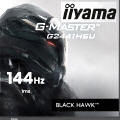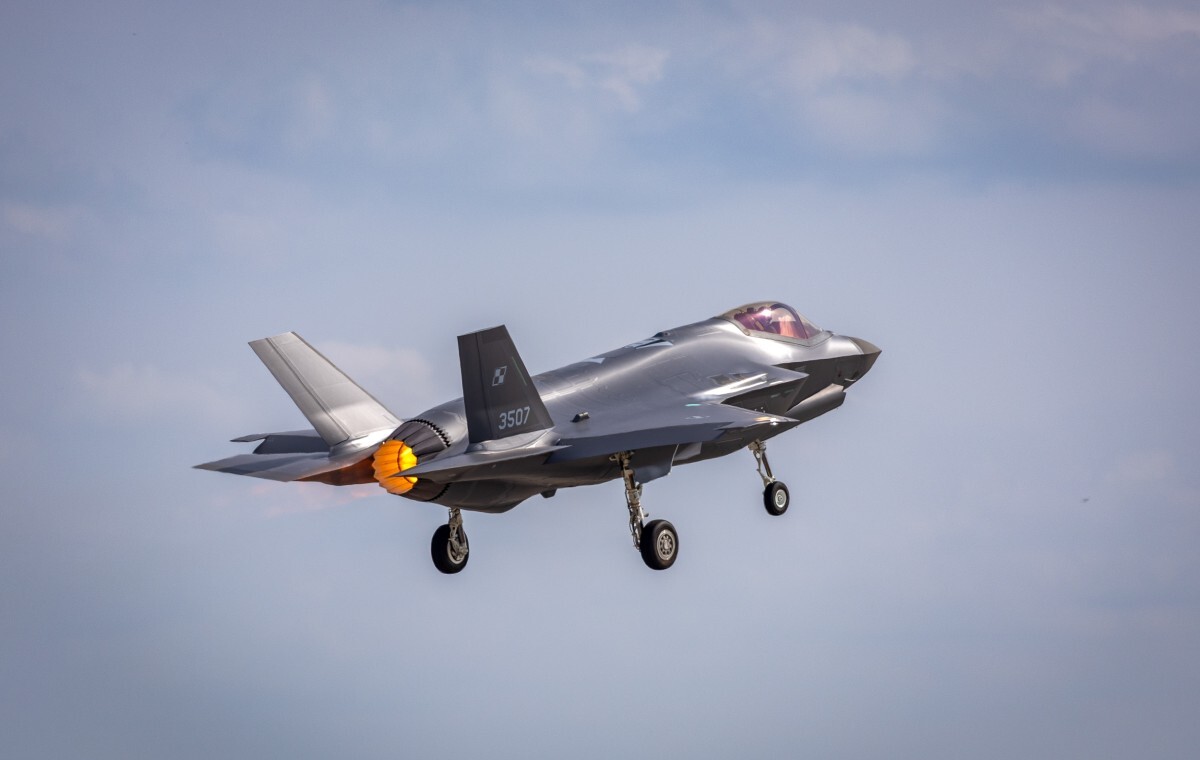
DENVER– The second chapter in supersonic passenger travel is roaring towards reality, almost 22 years since Concorde’s last flight. At the forefront of this revival is Boom Supersonic, a U.S.-based aerospace company that is possibly building the new airliner of the future called the Overture.
Operating out of major international hubs like New York (JFK) and London (LHR), the Overture could fly at nearly twice the speed of sound on more environmentally-friendly fuel.
From development and cutting-edge technology to test flights and industry backing, what makes the Boom Supersonic Overture so unique?
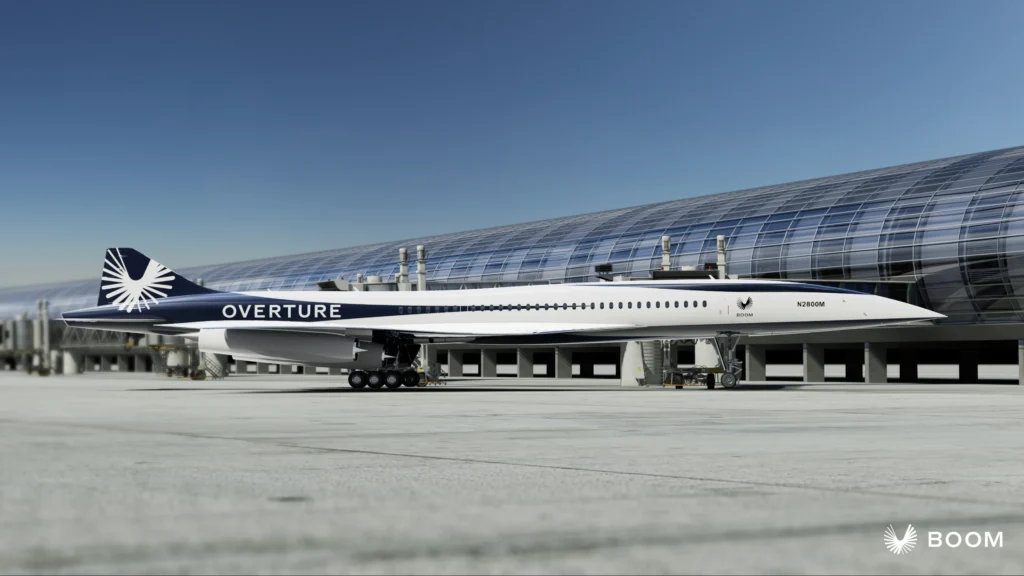 Photo: Boom Supersonic
Photo: Boom SupersonicBoom Supersonic Overture Aircraft Overview
Founded by American tech entrepreneur Blake Scholl in 2014, Boom Supersonic is headquartered in Denver, Colorado, in the U.S. The company is engineering a future where passengers can cross oceans in half the time as conventional airliners.
The Overture, its first and flagship aircraft, is built for transoceanic routes, with planned flights such as New York-London and Tokyo-Seattle.
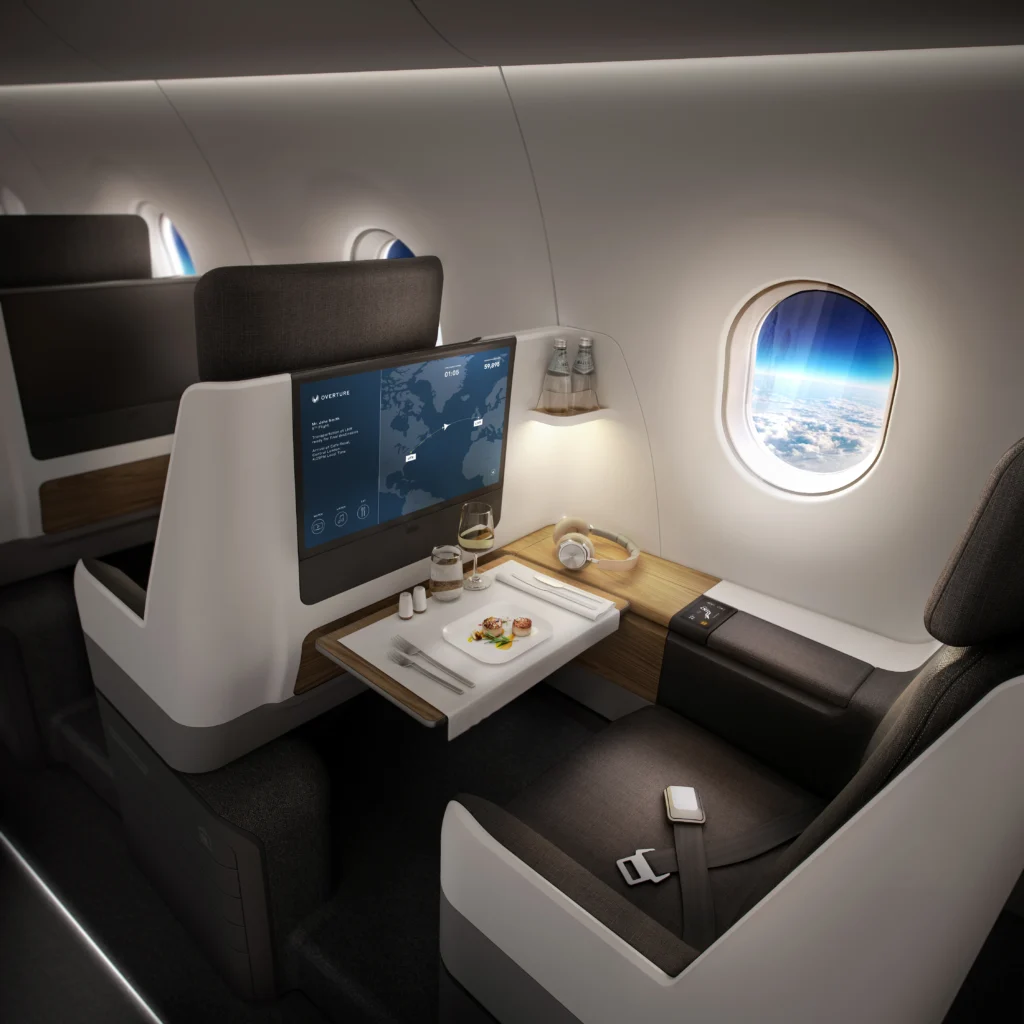 Photo: Boom Supersonic
Photo: Boom SupersonicDesigned to fly at speeds of up to Mach 1.7 with a range of 4,250 nautical miles, the Overture has a targeted capacity of 60 to 80 passengers – all paying premium fares for the experience.
Powered by the still-in-development Symphony turbofan engines, the Overture focuses on efficiency, along with environmental responsibility and passenger comfort.
The aerospace company’s stated mission is to deliver not just speed but a viable and scalable model for commercial supersonic aviation.
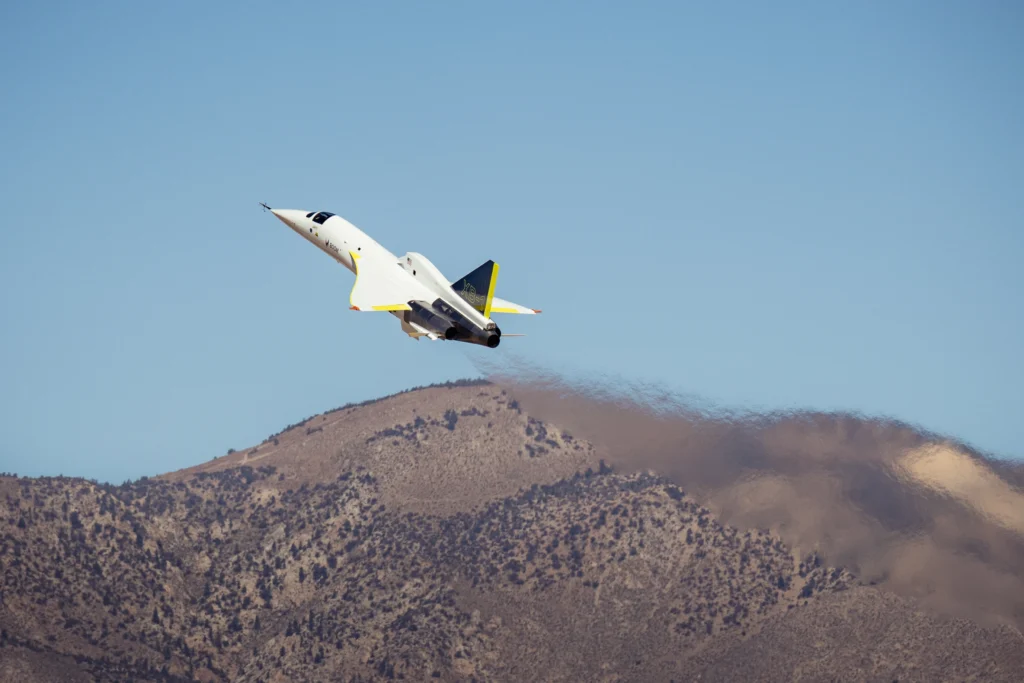 Boom XB-1 | Photo: Boom Supersonic
Boom XB-1 | Photo: Boom SupersonicBoom Supersonic XB-1 Demonstrator
The American aerospace company secured over USD 600 million in funding and a strategic grant from the U.S. Air Force. Boom follows a methodical approach, starting with the XB-1, a one-third-scale demonstrator that first achieved supersonic flight on 28 January 2025.
These test flights, conducted out of Mojave Air & Space Port (MHV), provide vital aerodynamic and performance data for the full-scale Overture aircraft.
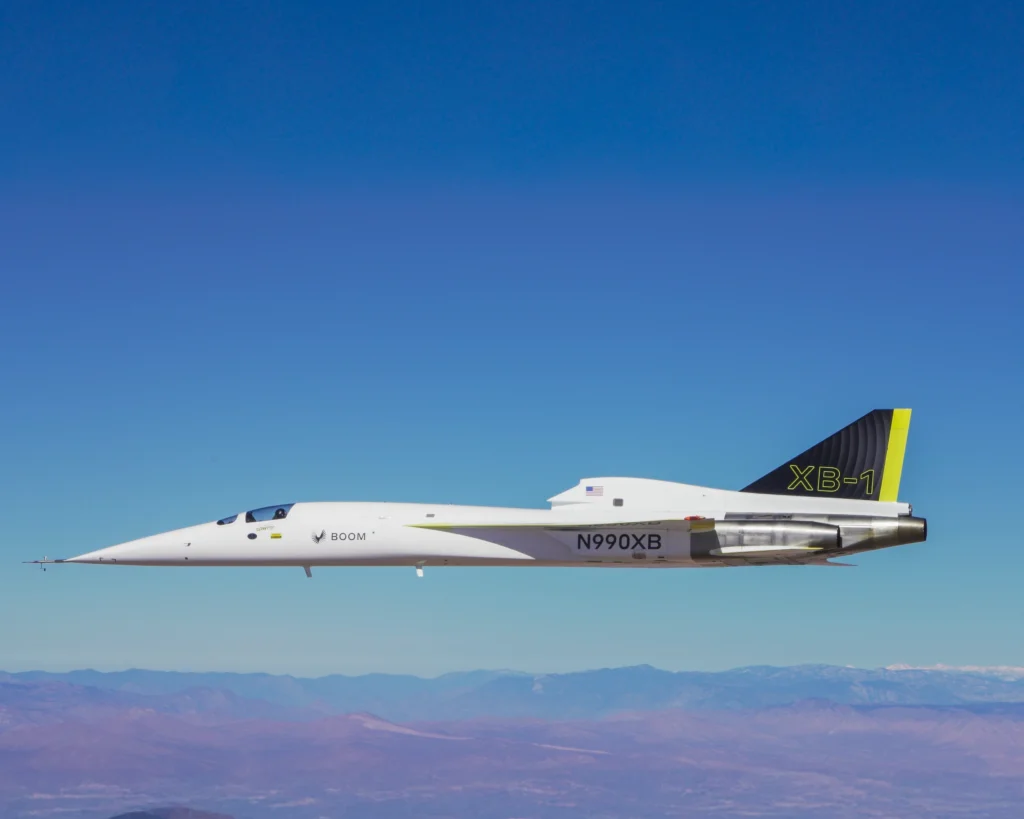 Boom XB-1 | Photo: Boom Supersonic
Boom XB-1 | Photo: Boom SupersonicThe XB-1 test-bed has completed over a dozen experimental flights thus far, validating Boom’s fuselage shaping, laminar airflow, and material and structural strength at high speed.
NASA has backed the daring program with visual documentation using Schlieren photography, confirming the presence of well-defined shock waves.
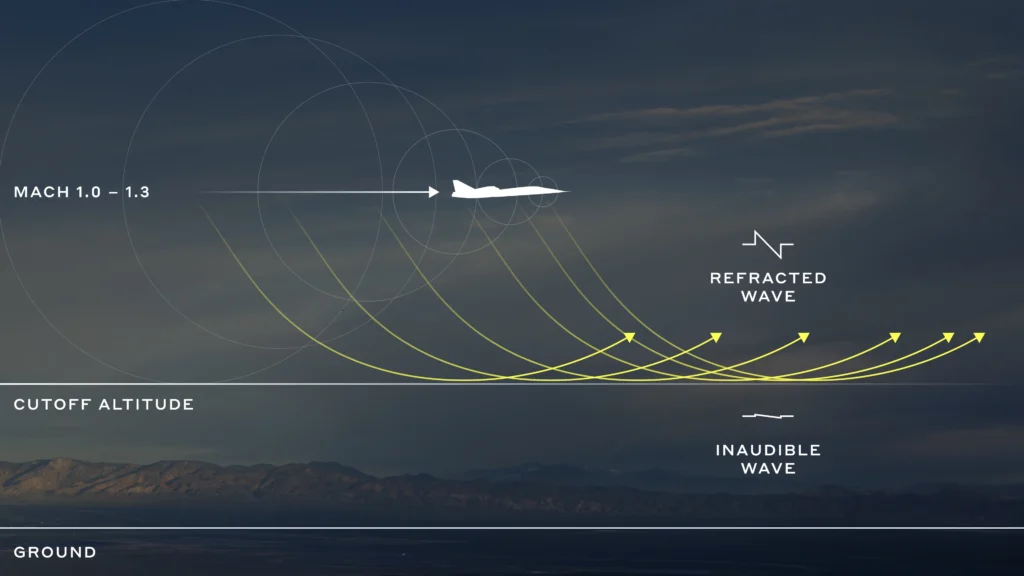 Photo: Boom Supersonic
Photo: Boom SupersonicUsing the XB-1, NASA has also supported the research into “boomless cruise” flight. The valuable data gathered during these test flights has enabled Boom to achieve Mach Cutoff – a phenomenon where sonic booms are refracted in the atmosphere without reaching the ground.
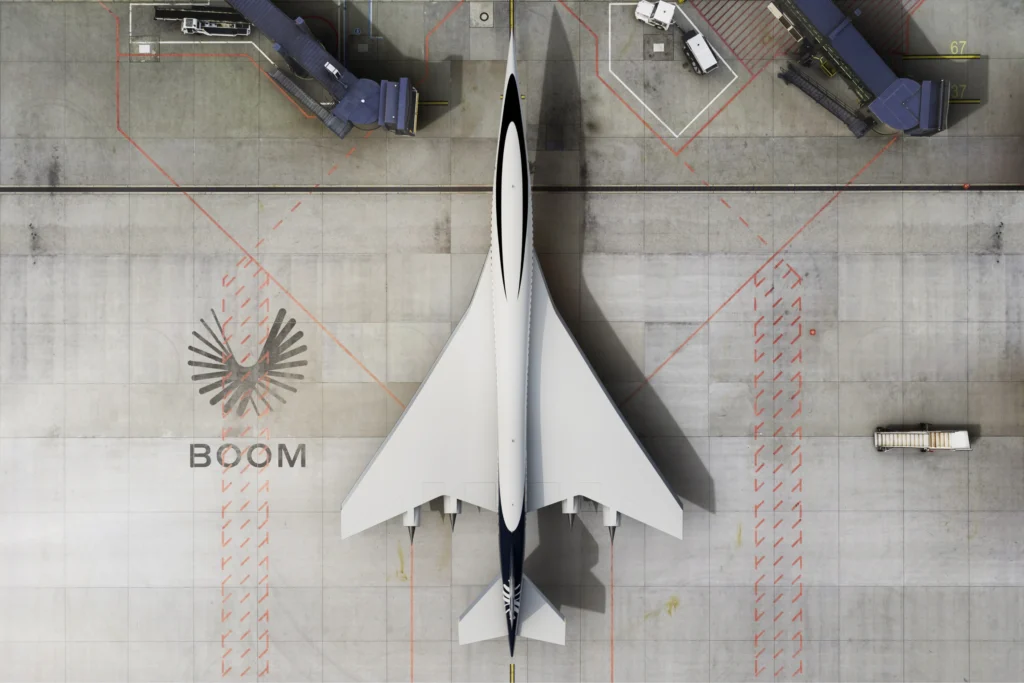 Boom Overture | Photo: Boom Supersonic
Boom Overture | Photo: Boom SupersonicAdvanced Technology Aids Boom Overture Supersonic Flight
Advanced technology aids Boom Overture supersonic flights, combining a delta-gull wing design, cutting-edge carbon-composite structure, and four newly-developed Symphony medium-bypass turbofan engines.
Developed alongside Florida Turbine Technologies, StandardAero, and GE Additive, the Symphony turbofan engines promise 35,000 pounds of thrust and are optimised for supersonic cruise without afterburners.
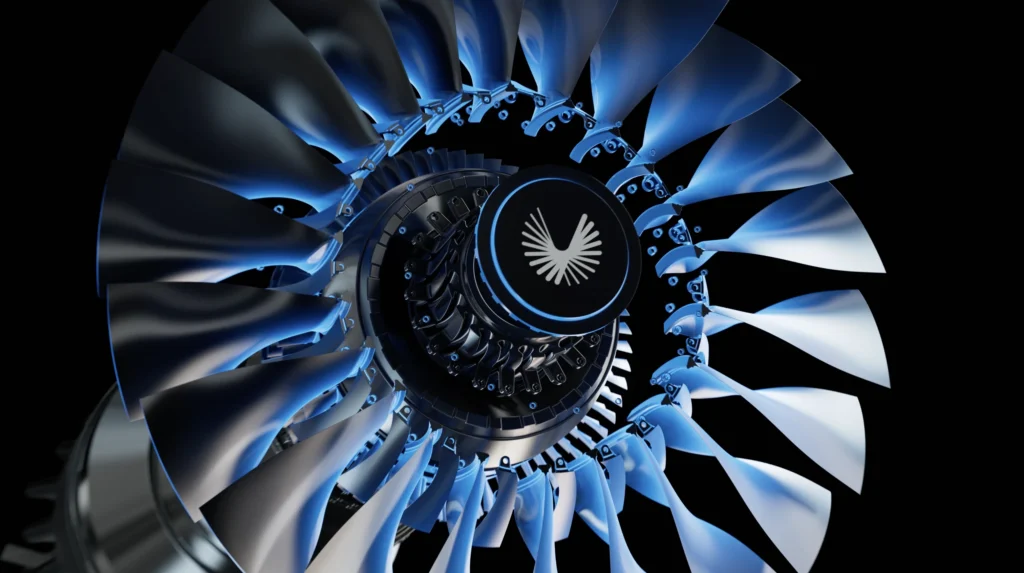 Symphony Turbofan Engine | Photo: Boom Supersonic
Symphony Turbofan Engine | Photo: Boom SupersonicThese state-of-the-art powerplants represent a marked departure from traditional turbofan engines powering today’s subsonic airliners. Operating on up to 100% sustainable aviation fuel (SAF), the Boom Overture’s Symphony engines are designed to be environmentally friendly.
According to the company’s official website, the Boom Overture will cruise at Mach 1.3, with a capability to achieve speeds of Mach 1.7. The Overture’s cruising altitude is 60,000 feet, and its maximum range is a claimed 4,250 nautical miles.
The supersonic aircraft is engineered to meet ICAO Chapter 14 noise standards, with limited sonic impact and compatibility with major airports globally.
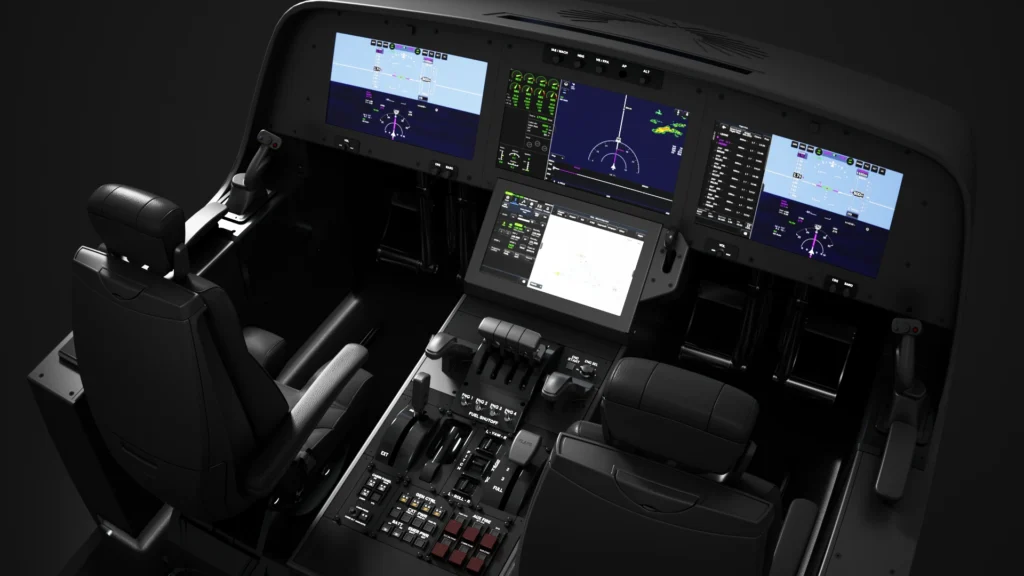 Boom Overture | Photo: Boom Supersonic
Boom Overture | Photo: Boom SupersonicApart from modern flight control systems and avionics, the Overture’s advanced cameras provide visibility during take-off and landing, unlike Concorde’s mechanical but clunky droop-nose.
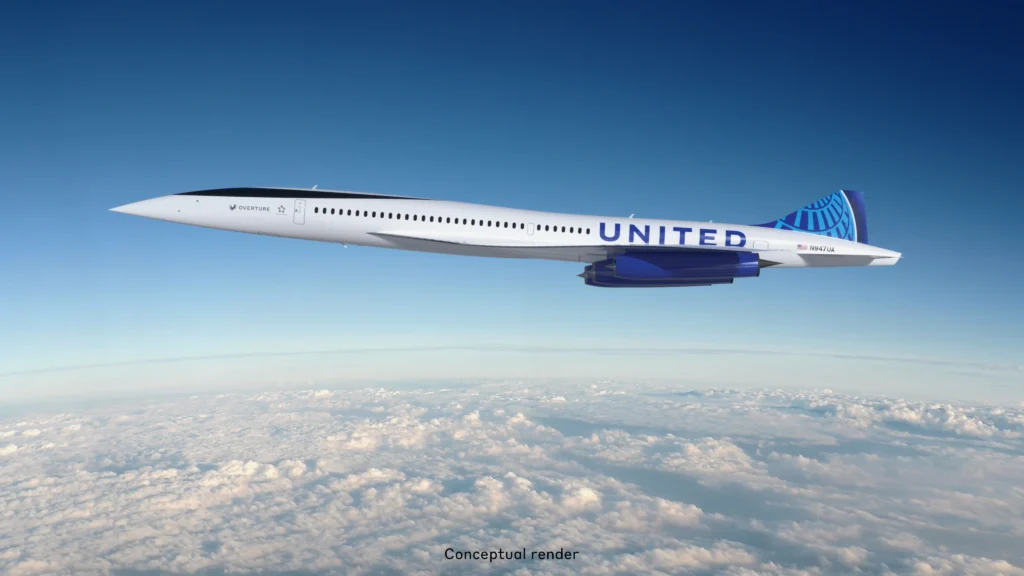 Boom Overture (United Airlines render) | Photo: Boom Supersonic
Boom Overture (United Airlines render) | Photo: Boom SupersonicBoom Supersonic Airliner
The Boom Overture has received confirmed orders from major international carriers. American Airlines (AA) has ordered 20 aircraft, with options for 40 more. United Airlines (UA) has placed 15 orders, with options for 35 more.
This is followed by Japan Airlines (JL), which has shown keen interest in the Overture – placing pre-orders for 20 aircraft. The Japanese carrier could operate the Boom Overture on routes like Tokyo to Seattle or Tokyo to Singapore.
Likely routes for United Airlines include New York to London and New York to Los Angeles. Meanwhile, American Airlines could operate the Boom Overture on its Miami to Barcelona and New York to Paris routes.
Boom Supersonic has further partnered with the American aerospace giant, Northrop Grumman. A possible venture between the two could result in a military version of the Overture.
Providing strategic supply-chain partnership for the ambitious Overture project are Collins Aerospace, Honeywell, and Safran Landing Systems.
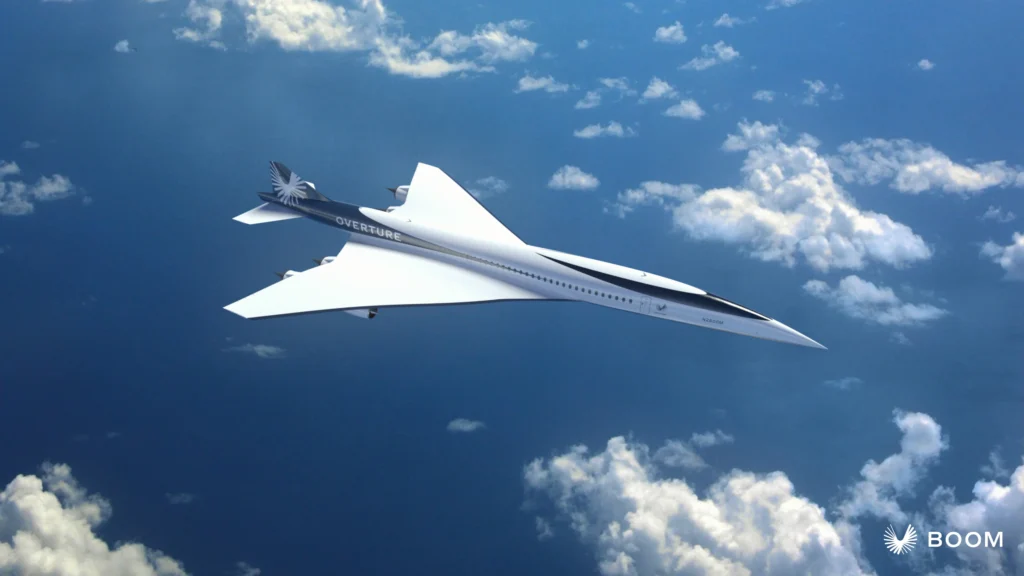 Boom Overture | Photo: Boom Supersonic
Boom Overture | Photo: Boom SupersonicSupersonic Airliner of the Future
The aviation community and the flying public have responded with both excitement and caution. While support for the Boom Supersonic Overture remains strong, questions regarding certification, funding stability, and realistic timelines highlight expected scepticism.
Boom Supersonic has been lauded for showcasing transparency, providing consistent progress updates, and posting credible test achievements.
Could this supersonic aircraft be the new airliner of the future? Possibly, but there are considerable obstacles that Boom must overcome.
Some of the challenges include engine development sans a traditional OEM, plus navigating regulatory restrictions on sonic booms. However, the company’s success has reignited serious interest in commercial supersonic flight across the industry.
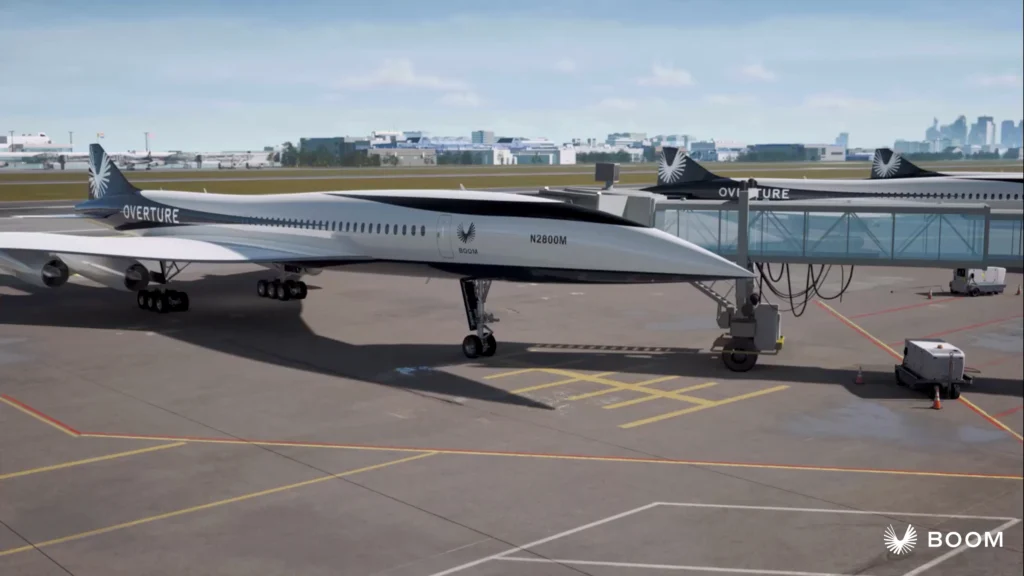 Boom Overture | Photo: Boom Supersonic
Boom Overture | Photo: Boom SupersonicFuture of Commercial Supersonic Flight
Boom Supersonic aims to commence testing of the Symphony engine in 2026, followed by the Overture flight tests in 2027. Considering smooth proceedings, commercial operations with paying passengers could start by 2030.
Certification efforts with the FAA and EASA will be critical to the fruition of these plans in the coming years.
Meanwhile, competitors like NASA and Lockheed Martin are advancing their own quiet supersonic aircraft, reflecting a renewed global interest in high-speed aviation.
Boom’s goal extends beyond just performance on paper. The goal is to make commercial supersonic flight sustainable, safe, and scalable in the modern aviation landscape.
Stay tuned with us. Further, follow us on social media for the latest updates.
Join us on Telegram Group for the Latest Aviation Updates. Subsequently, follow us on Google News
EASA Advises Airbus A320neo Pilots on Smoke Risks from LEAP Engines
The post Could This Supersonic Aircraft be the New Airliner of the Future? appeared first on Aviation A2Z.





